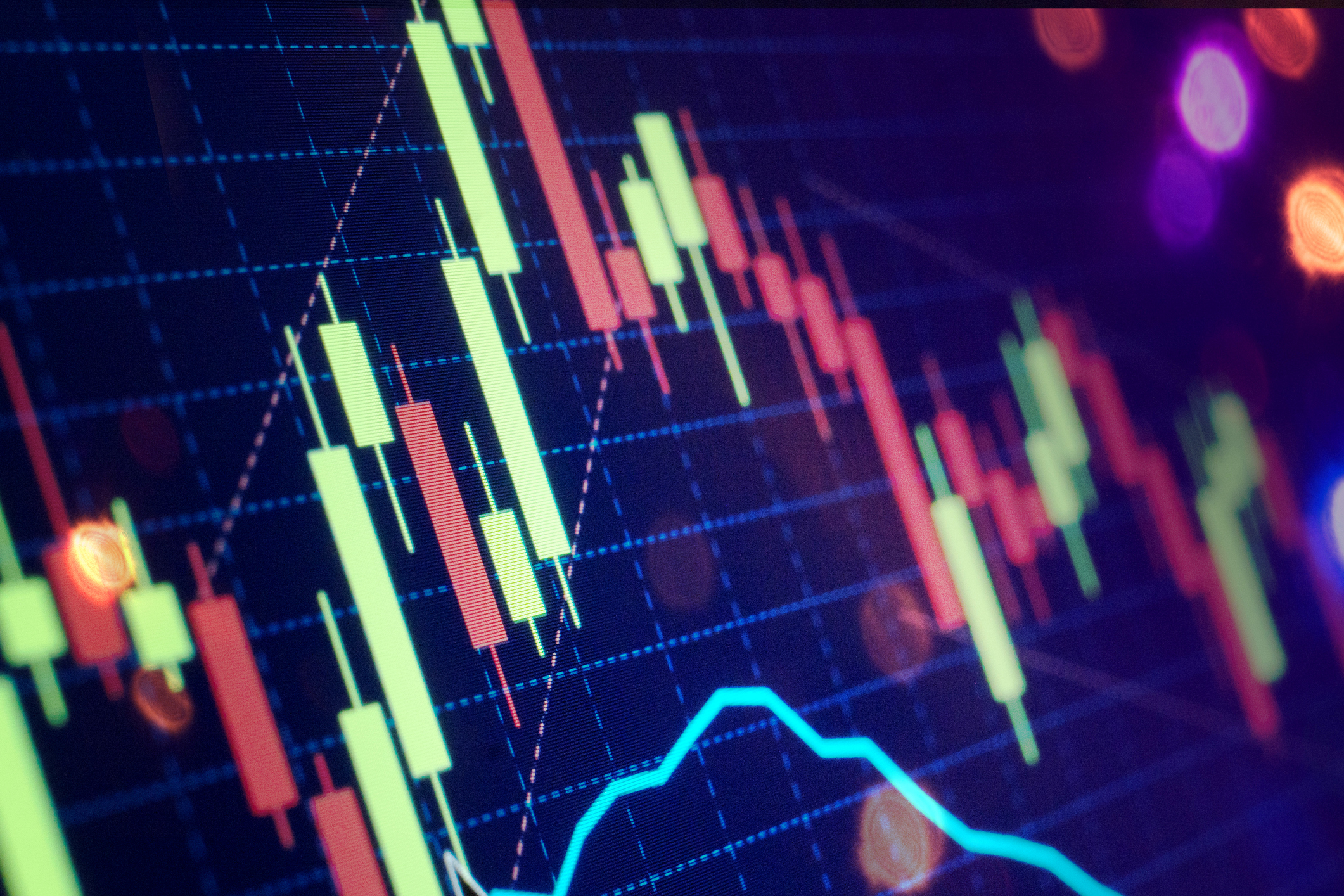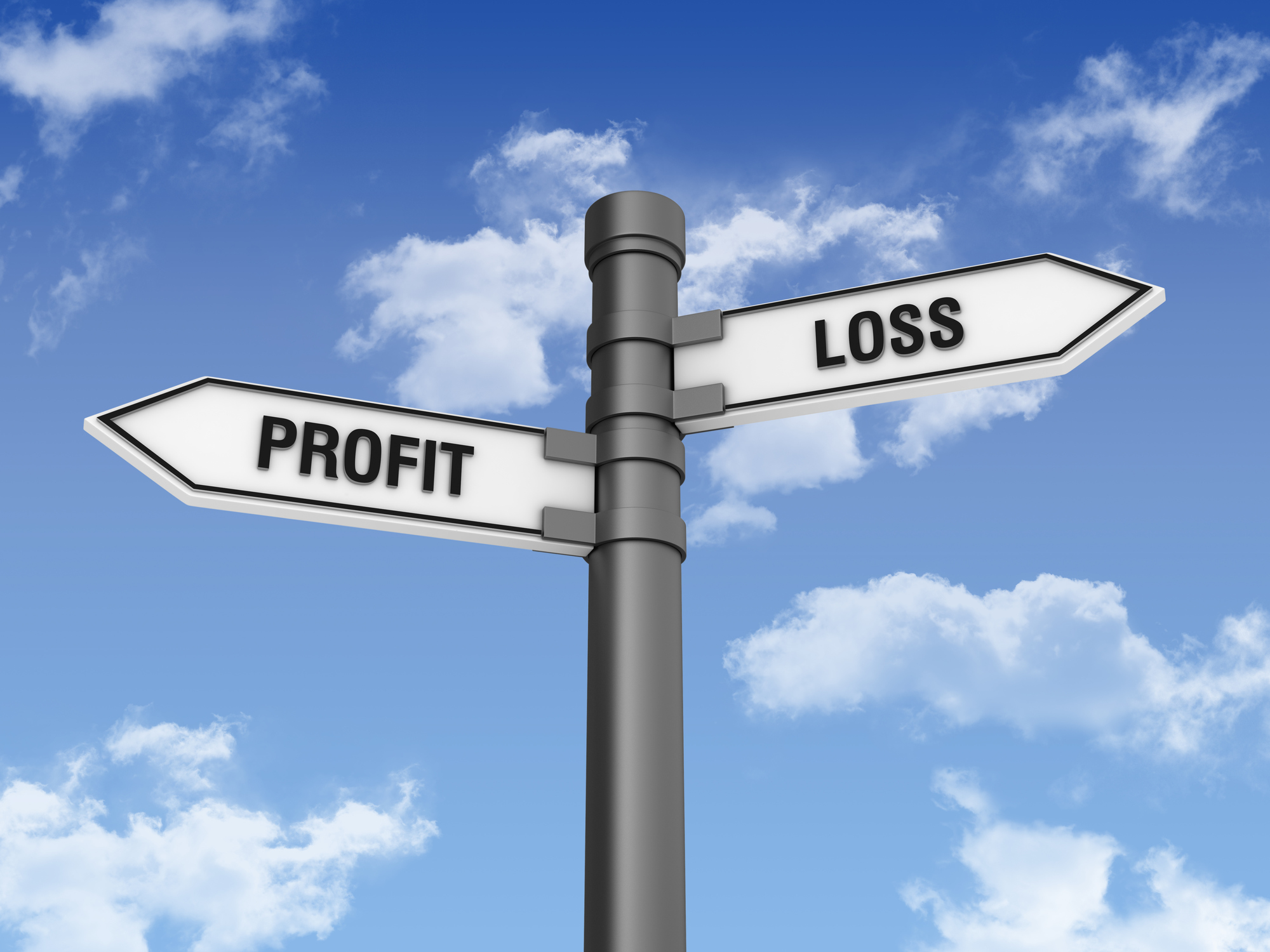Should You Invest in Bank Stocks?
The largest U.S. banks have a long slog ahead. But small banks may be worth a look.

The recent downgrading of 15 banks by Moody’s Investors Service was neither the beginning nor the end of troubles for the sector. Investors may want to steer away from the largest banking companies until the global economy and the U.S. regulatory outlook grow clearer. But they may want to take a look at regional and community banks, whose stocks are cheap and which don’t face the same problems that weigh on their bigger brethren.
Moody’s took aim at U.S. and international banks with overseas investment-banking operations, particularly trading. The rating agency cited the volatility and risks inherent to the business. The list of firms whose ratings were slashed included five of the largest U.S. banks: Bank of America (symbol BAC), Citigroup (C), Goldman Sachs Group (GS), JPMorgan Chase (JPM) and Morgan Stanley (MS).
Investors shouldn’t be overly concerned about the downgrades themselves. Moody’s had announced in February that it would review the ratings of the group and had provided guidance for how much it might cut the ratings of the companies it looked at. “We think the downgrades were mostly in line with expectations,” Glenn Schorr, an analyst with Nomura Equity Research, wrote after Moody’s announcement. The effects of the cuts on the banks’ operations -- such as their derivatives businesses, in which investors are subject to the credit risk of their so-called counterparty in a transaction -- should be manageable, Schorr wrote.

Sign up for Kiplinger’s Free E-Newsletters
Profit and prosper with the best of expert advice on investing, taxes, retirement, personal finance and more - straight to your e-mail.
Profit and prosper with the best of expert advice - straight to your e-mail.
But the move was one more footnote to the tumultuous saga of banking over the past few years. The question for investors is when the stocks will become cheap enough, and the companies stable enough, to be considered for long-term purchases.
Shares of large U.S. banks are absurdly inexpensive. All five of the downgraded companies trade at double-digit- percentage discounts to their book values (assets minus liabilities), ranging from a 24% discount for JPMorgan to a 59% discount for Bank of America (unless otherwise indicated, all prices and related data are as of the July 2 close).
And the stocks have largely missed out on the massive rally since the early 2009 market lows. Over the past three years, JPMorgan shares have returned 5.4% annualized, lagging Standard & Poor’s 500-stock index by an average of 12.3 percentage points per year. Meanwhile Goldman Sachs stock has lost 10.5% annualized over the same period, and Morgan Stanley shares are off an annualized 16.5% .
There’s little to indicate that the big banks are ready to rebound. The problem is that there are no visible catalysts on the horizon that could drive the stocks higher over the long term, says Peter Kovalski, co-manager of the Alpine Financial Services fund.
The most significant issues facing the sector are Europe, interest rates and pending regulations, says John Baldi, an analyst who covers financial companies for ClearBridge Advisors, a money-manager subsidiary of Legg Mason.
A final solution to Europe’s woes is unlikely in the foreseeable future, says Andreas Utermann, global chief investment officer for Allianz Global Investors. “My sense is we’re going to continue to muddle through for some time,” he says. (For more on Europe's troubles, see our special report on Investing in Volatile Markets.)
Meanwhile, the Federal Reserve has announced that it will extend its program for bringing down long-term interest rates through at least the end of the year. That will put pressure on the amount banks can earn by lending money or making investments.
Similarly, the regulatory outlook is murky. Banks will have until July 2014 to comply with the Volcker rule, a mandate stemming from the Dodd-Frank financial-reform law that directs banks to stop risky trading activities with their own money. That will curtail their most profitable business line, says Jack Ablin, chief investment officer of Harris Private Bank.
The Federal Reserve and other regulators have yet to issue a final Volcker rule, and until that happens it’s difficult to estimate what future profitability will look like. The banks’ consumer-banking units have also seen revenue squeezed in recent years by regulations targeting overdraft and debit-card fees. “Analysts right now are trying to come to grips with what is a realistic return on equity that the group can make under future regulatory guidelines and against the backdrop of a weaker-than-expected economy,” Kovalski says.
5 Small-Bank Bets
Regional and community banks are more attractive today than the largest names, says David Ellison, who manages FBR Large Cap Financial (FBRFX) and FBR Small Cap Financial (FBRSX) funds. He feels more comfortable with the simpler and more-transparent balance sheets of smaller banks, which tend to be more closely tied to local economic activity and real estate than the mega-banks. With a community bank, “I don’t have to worry about some broken trade in Europe,” Ellison says, referring to the multibillion-dollar loss JPMorgan reported in April. And smaller banks tend to derive a greater portion of their funding from stable, FDIC-insured deposits, rather than borrowing with bonds or other debt instruments.
Kovalski says smaller banks will also be more closely tied to the U.S. economy than to developments overseas. “When I look around the globe, I think the U.S. economy is probably the safest place to be,” he says. A trend of consolidation among regional and community banks may provide a catalyst for stock-price gains, he adds. Small banks have returned an average of 11.1% annualized over the past three years, as measured by the KBW Regional Banking index.
Kovalski’s top picks include Citizens First Corp. (CZFC), which is based in Bowling Green, Ky., and has a market capitalization of just $16.8 million. At $8.65, the stock trades at a 33% discount to book value. Kovalski also likes Southern National Bancorp of Virginia (SONA), which has 19 branches across Virginia and Maryland and, at $7.41, trades at an 15% discount to book value. He also likes Pacific Premier Bancorp (PPBI), which is based in Costa Mesa, Cal., and, at $8.14, trades for close to book value. All three could be potential acquisition targets, he says. Among larger names, Kovalski favors Dallas-based Comerica (CMA), which has a market capitalization of $6.1 billion and, at $31.10 , yields 1.9%.
Investors can also access community banks through SPDR S&P Regional Banking (KRE), an exchange-traded fund that follows an equally weighted index of regional bank stocks. Its holdings have an average market capitalization of $3.7 billion. Year-to-date through July 2, the fund returned 14.7%, and it gained 18.3% over the past three years.
To be sure, large banks will be worth owning again. But that may not be until the companies are more tightly regulated, pay sustainable high dividends and in general look more like utility companies, says Mark Luschini, chief investment strategist of Janney Montgomery Scott. “We’re not eager to own them at this juncture,” he says.
And the companies may never again achieve the growth rate that made the stocks so successful before the financial crisis. “Ultimately, you’re taking what were once Formula One race cars and turning them into mopeds,” says Ablin. “At some point, they’re going to be a good deal, but Formula One drivers aren’t going to want to own mopeds.”
Kiplinger's Investing for Income will help you maximize your cash yield under any economic conditions. Download the premier issue for free.
Get Kiplinger Today newsletter — free
Profit and prosper with the best of Kiplinger's advice on investing, taxes, retirement, personal finance and much more. Delivered daily. Enter your email in the box and click Sign Me Up.

-
 Stock Market Today: Stocks Soar on China Trade Talk Hopes
Stock Market Today: Stocks Soar on China Trade Talk HopesTreasury Secretary Bessent said current U.S.-China trade relations are unsustainable and signaled hopes for negotiations.
By Karee Venema
-
 2026 Disney Dining Plan Returns: Free Dining for Kids & Resort Benefits
2026 Disney Dining Plan Returns: Free Dining for Kids & Resort BenefitsPlan your 2026 Walt Disney World vacation now. Learn about the returning Disney Dining Plan, how kids aged three to nine eat free, and the exclusive benefits of staying at a Disney Resort hotel.
By Carla Ayers
-
 Stock Market Today: Stocks Struggle Amid Tariff Uncertainty
Stock Market Today: Stocks Struggle Amid Tariff UncertaintyBoeing dropped after China suspended new aircraft orders, while Bank of America and Citi climbed on earnings beats.
By Karee Venema
-
 Best Investments to Sidestep Trump's Trade War
Best Investments to Sidestep Trump's Trade WarThese ETFs are well-designed to weather rising U.S. protectionism and retaliatory tariffs.
By Jeff Reeves
-
 Stock Market Today: Stocks Slip as Inflation Worries Rise
Stock Market Today: Stocks Slip as Inflation Worries RiseConcerns over price pressures are growing ahead of next week's Fed meeting.
By Karee Venema
-
 Stock Market Today: Dow Adds 408 Points as Trump Answers Davos Questions
Stock Market Today: Dow Adds 408 Points as Trump Answers Davos QuestionsTech stocks surged late and the S&P 500 established its first new all-time closing high of 2025.
By David Dittman
-
 Stock Market Today: Stocks Pause After a Big Rally
Stock Market Today: Stocks Pause After a Big RallyThe Nasdaq continues to lag the S&P 500 and the Dow so far in 2025.
By David Dittman
-
 Why Bank of America Stock Is Still a Buy After Earnings
Why Bank of America Stock Is Still a Buy After EarningsBank of America stock is trading lower Wednesday after the financial firm reported earnings but Wall Street isn't worried. Here's why.
By Joey Solitro
-
 Earnings Season: Updates and Commentary
Earnings Season: Updates and CommentaryFourth-quarter earnings season nearing its end and there were key insights from both results and guidance.
By Kiplinger Staff
-
 Why Is Warren Buffett Selling So Much Stock?
Why Is Warren Buffett Selling So Much Stock?Berkshire Hathaway is dumping equities, hoarding cash and making market participants nervous.
By Dan Burrows